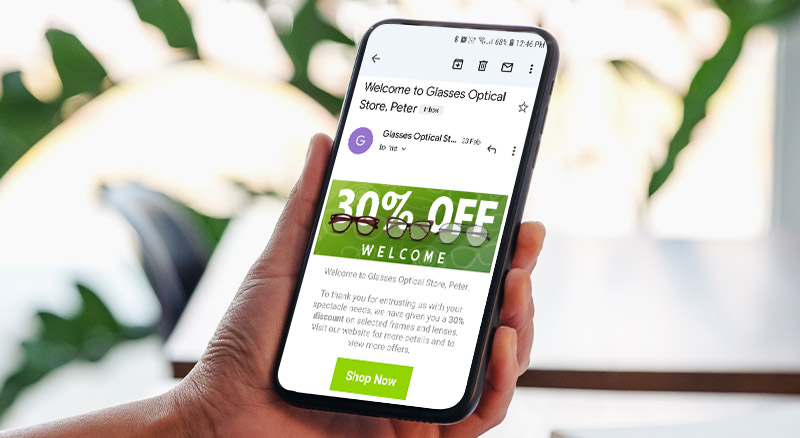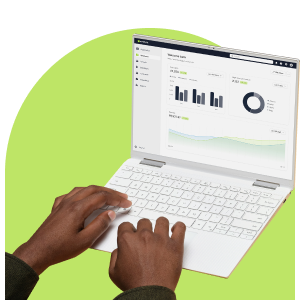Gmail shook things up a decade ago with its controversial image caching feature. For a short time, engagement tracking was unreliable and open rates became skewed. Fast forward to the present, and we now have image prefetching on the Gmail web app. Some marketing folks are worried, while others are less sure about its potentially harmful effects. Let’s get some clarity on the topic.
Image prefetching happens when a Gmail user opens an email under specific conditions and the platform serves them images contained in the email. This occurs a split second before the UI kicks in and displays the whole email.
Presumably, prefetching helps to speed things up and protect user data. That’s good for Gmail users, but it’s not clear where this leaves email marketers. These folks rely on tracking pixels (a transparent 1×1 pixel graphic) to gather important campaign metrics like opens. When prefetching happens, these tiny images are basically side-stepped.
Is Image Prefetching “Bad” for Business?
Image prefetching is not the first jolt to hit the email marketing world in recent years. For example, Apple launched Mail Privacy Protection (MPP) last year. We even gave an overview of MPP’s impact on the email marketing scene with practical advice on countering its worst effects.
MPP gave many marketers a good fright and forced some back to the drawing board. So, it’s probably a good idea to handle prefetching with some caution. That’s because it’s like MPP in many ways, and logically you’d expect the same analytics issues. But there is good news.

Some industry experts believe prefetching isn’t nearly as “bad” as MPP, estimating that senders would, at worst, experience inflated open rates of two percent on their campaigns. Whether that’s good or bad depends on your situation.
That said, such a relatively small difference in opens is due to prefetching only being active under very specific circumstances, like when a user is logged into the Gmail app (web or mobile) and receives an email while in an active session.
Not much to worry about, right?
If Statista’s numbers are anything to go by, then Gmail already had 36.5% of global email market share in 2021. Since we’re talking about webmail here, many users tend to have plenty of active sessions open on multiple devices at any given time. So, this unassuming feature could have a major impact on the accuracy of your engagement tracking, especially open rates.

How to Deal with Image Prefetching Today
Fortunately, email marketers can protect their campaigns against opens due to prefetching by focusing on three key areas.
1. Know How Your Audience Reads Email
As we’ve already seen, huge numbers of email recipients call Gmail home, and marketers must be aware of this. Much of your audience could be active “Gmailers”, which means prefetching could hurt your open rates. Be proactive and identify which share of your audience could be affected.
Everlytic’s communication platform can help you identify the desktop clients, webmail clients, and mobile browsers your contacts are using to read your mails. Learn more
2. Avoid Opens to Trigger Automations
Senior Marketing Manager at Litmus, Jaina Mistry, has urged marketers to broaden their range of metrics. She points out that over-reliance on opens to trigger automations could be harmful for campaigns. This is a tall order for many marketers since opens look good on paper. Even so, this convenient metric says very little about the quality and effectiveness of email content.
3. Explore Other Options for Triggering
Start triggering your automations with clicks. This promotes more customer-centric engagement and is good for the reputation of email marketing in general.
Some may see avoiding opens for triggering as too much effort, but prefetching and MPP could be the first of many new disruptions in the email marketing universe. So, it’s time to get creative.
If you’re sincere about sharing quality email content with your audience, you’re not alone. At Everlytic, we constantly search for new ways to help you maximise the value of email analytics to create valuable content and promote greater engagement.



